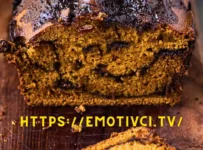The Ultimate Guide to Making Perfectly Soft and Fluffy Idli
Idli, the beloved steamed rice cakes from South India, have become an international sensation. Their light, pillowy texture, and mildly sour taste make for an irresistible yet nutritious breakfast.
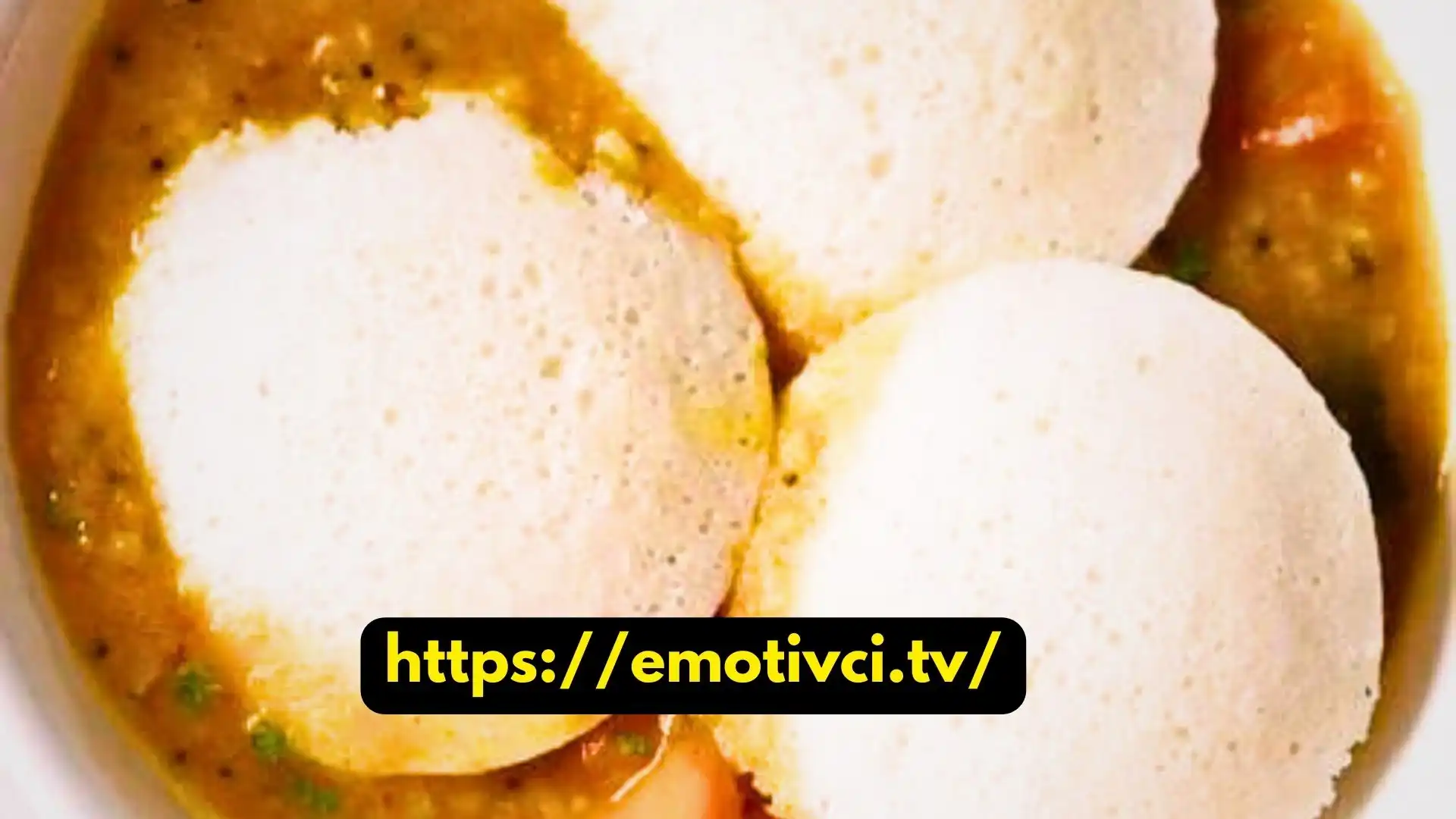
While idli seems simple, achieving that perfect fluffiness takes some technique. This comprehensive guide shares all the secrets to making idli at home with excellent results every time. Read on for the complete process from soaking to steaming, troubleshooting tips for common problems, and just about everything you need to know about making this sublime staple.
An Introduction to Idli
Idli possesses a unique softness, unlike any other food. To achieve this while retaining nutrition, idli utilizes an ancient process that modern science continues validating.
Creating the idli batter involves soaking, fermenting, and steaming a blend of rice and lentils. This imparts idli’s signature taste and texture and increases its nutritional bioavailability.
As such, idli makes for a wholesome, digestion-friendly breakfast. No wonder it’s considered a gold standard of health across southern India, where it originated.
Beyond basic nutrition, the fermentation process even produces natural probiotics. The yeast action on the starches and proteins pre-digests them into more bioavailable amino acids, vitamins, and minerals.
As a complete protein combining rice and urad daal (black gram lentils), idli provides 8 essential amino acids for improved metabolism, growth, and development. Black gram further contributes minerals like iron and calcium.
Idli Ingredients Explained
Idli derives its lightness from rice and its protein content from urad daal. Typical recipe ratios use 4 parts rice to 1 part daal.
Rice: Starchy short-grain rice varieties, like idli rice or parboiled rice, have higher starch content are preferred. This starch gelatinizes during steaming to give idli its characteristic softness. Popular regional rice varieties include Sona Masoori (Andhra Pradesh and Karnataka) and Ponni (Tamil Nadu).
Urad Daal: Skinned and split urad daal is the choice of lentil for its perfect fermentation properties. It holds shape well upon steaming while adding protein content.
Oil: Adding a touch of ghee or oil while steaming imparts extra softness and sheen.
Spices and Grains: Fenugreek, poha (flattened rice), or ragi (finger millet) in small quantities can aid fermentation and texture but are optional.
Equipments Needed to make Fluffy Idli
While traditional stone grinders were used to make batters in the past, modern kitchen tools produce equally light and fluffy idli.
Wet Grinder: Electric wet grinders efficiently grind soaked grains to a smooth batter while retaining natural starch properties. These machines regulate stone roller speed for fast, friction-free grinding.
Mixer-Grinder/Blender: Regular kitchen mixers and blenders can also finely grind grains and deals. The batter may need additional fenugreek seeds or poha for slightly improved fermentation.
Steamer: Idli uses stove-top steamers, pressure cookers, or dedicated electric idli makers. The closed environment allows the lentil and rice mix to swell into soft, airy pillows.
How to Make the Perfect Idli Batter
Making stellar idli is 80% about the fermented batter. Here are science-backed tips for perfect idli batter every time:
1. Choose Fresh Urad Daal
Fresher urad daal has higher fermentation potential, having abundant natural yeast cultures. It ferments batter well without needing additives like fenugreek or poha.
While the newer crop daal is white, the older stock appears slightly yellowish. Using the freshest daal, you can source gives the batter the optimal microbial boost.
2. Soak Grains Thoroughly
Extended soaking activates numerous enzymatic processes that improve nutrition availability in grains. Soaked grains grind more smoothly as well.
Different grains have different ideal soaking times. Urad daal takes about 4-6 hours, while rice can soak up to 8 hours. About 30 minutes works for fenugreek seeds and flattened rice.
3. Use Non-Iodized Salt
Iodized table salt hampers fermentation. Opt for unprocessed rock, sea, or pink Himalayan salt instead. You can add it before or after fermenting based on ambient temperature conditions.
4. Grind to Medium-Thick Consistency
The batter should ultimately coat a spoon thickly yet still drip off it. Achieving this smooth, gloopy consistency requires adding water during grinding as needed. Too watery or thick a mix can compromise fluffiness.
5. Ferment in a Warm Spot
Natural yeast fermentation needs temperatures ideally between 25-30°C / 80-85°F with adequate moisture. Colder weather retards the process.
So, place batter containers near heat sources or warmed ovens for faster fermentation. Let it froth and almost double in volume.
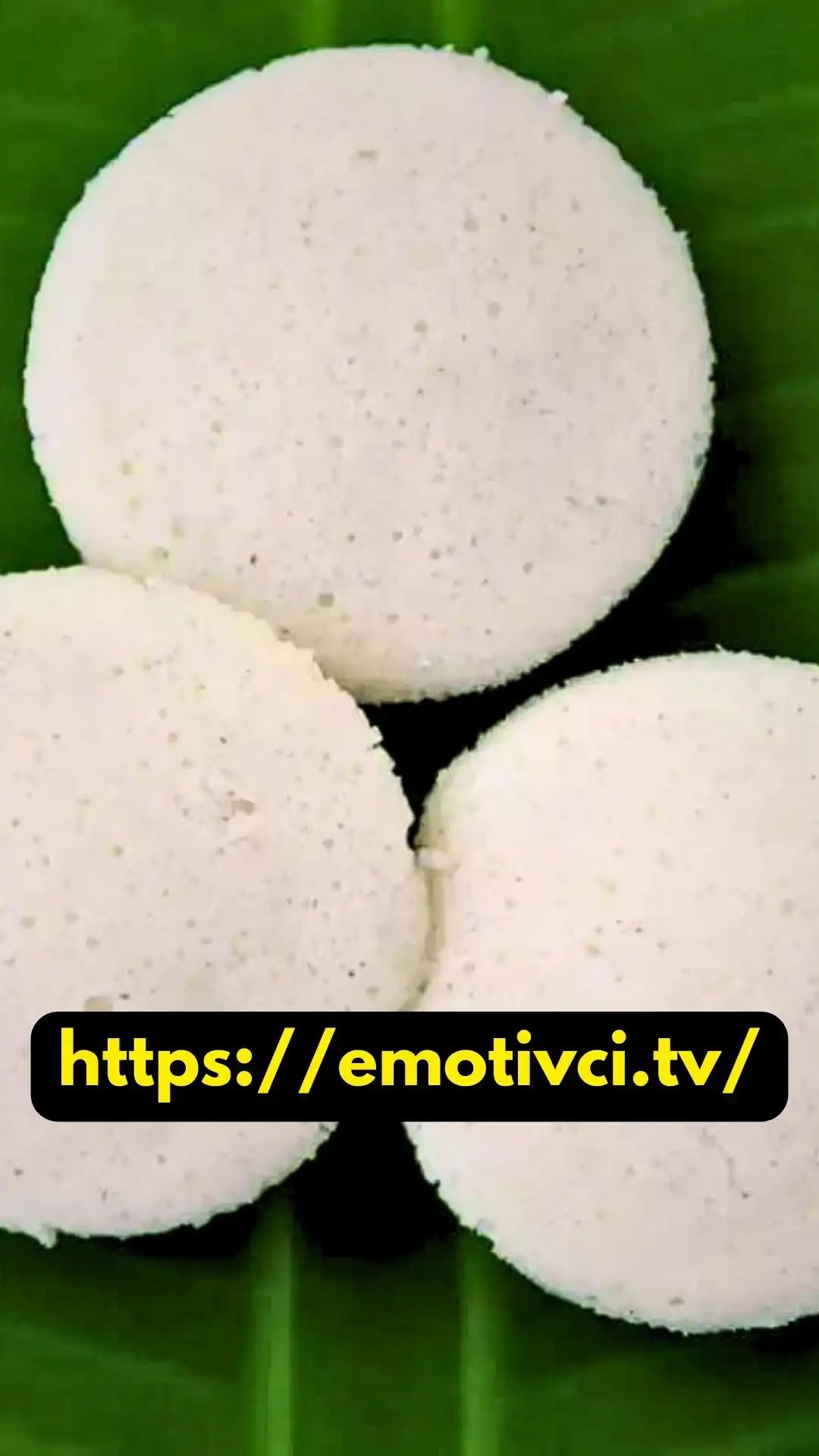
Tips for Foolproof Fermentation
The wild yeast spores on rice and daal grains are what cause fermentation. Promoting their rapid growth results in better idli texture.
Besides the warm, humid environment, here are extra pointers for ace fermentation:
- Use grain washing water or boiled-then-cooled water to make batter – chlorine in tap water slows fermentation. Dechlorinating water helps.
- Let soaked rice and daal drain completely before grinding to prevent over-dilution. Later, add water.
- Allow more soaking time for grains in cold weather for yeast activation.
- Sprinkle a pinch of yogurt or lemon juice to introduce additional cultures.
- Transfer fermented batter to containers, leaving some airspace; air exchange encourages growth.
- Check batter periodically until aromatic and bubbly. Ambient conditions change fermentation time.
The Science of Idli Fermentation
Grains and lentils host a range of yeast species and bacteria responsible for fermentation. Key microbes include:
- Rhizopus oligosporus: Generates carbon dioxide and lactic acid from starch, resulting in fluffiness.
- Leuconostoc species: Also produces CO2 along with flavor compounds like acetaldehyde.
- Lactobacillus species: and other bacteria – Provides sourness via additional acids.
These organisms act on the complex carbohydrates in rice and daal during soaking and fermenting. The carbon dioxide they release gets trapped as tiny bubbles in the sticky batter.
These bubbles expand into a spongy texture when steamed, while starchy gelatinization gives structural stability. The acids likewise enhance aroma and prolong freshness.
Steaming Idlis to Perfection
With perfectly fermented batter, the final stage of steaming idlis is quite straightforward:
1. Prepare Steamer
Fill the pressure cooker or steamer pot with 2-3 cups water for 15-20 idlis. Bring to a vigorous boil before placing idlis for even heat distribution.
2. Grease Molds
Apply a thin coat of oil to the idli plate or ramekin molds. This prevents sticking and gives a glossy brown hue.
3. Pour Batter
Gently stir the fermented batter once before pouring it into molds. Fill just 3/4th height for optimal rising.
4. Steam 10-12 Minutes
Place filled idli plates into the Steamer above rapidly boiling water. Start timing right away, covering for even heating.
5. Finish Seasoning
Insert a knife to check done-ness; idlis are ready when a knife comes out clean. Remove molds once fully cooked through.
6. Flash Fry (Optional)
You can give idlis a crispy edge by pan-frying briefly on both sides as preferred.
7. Enjoy Hot with Sambar & Chutney!
Garnish just-steamed idlis with ghee or oil alongside flavorful sambar stew and chutney. The hot treat makes for wholesome breakfast heaven!
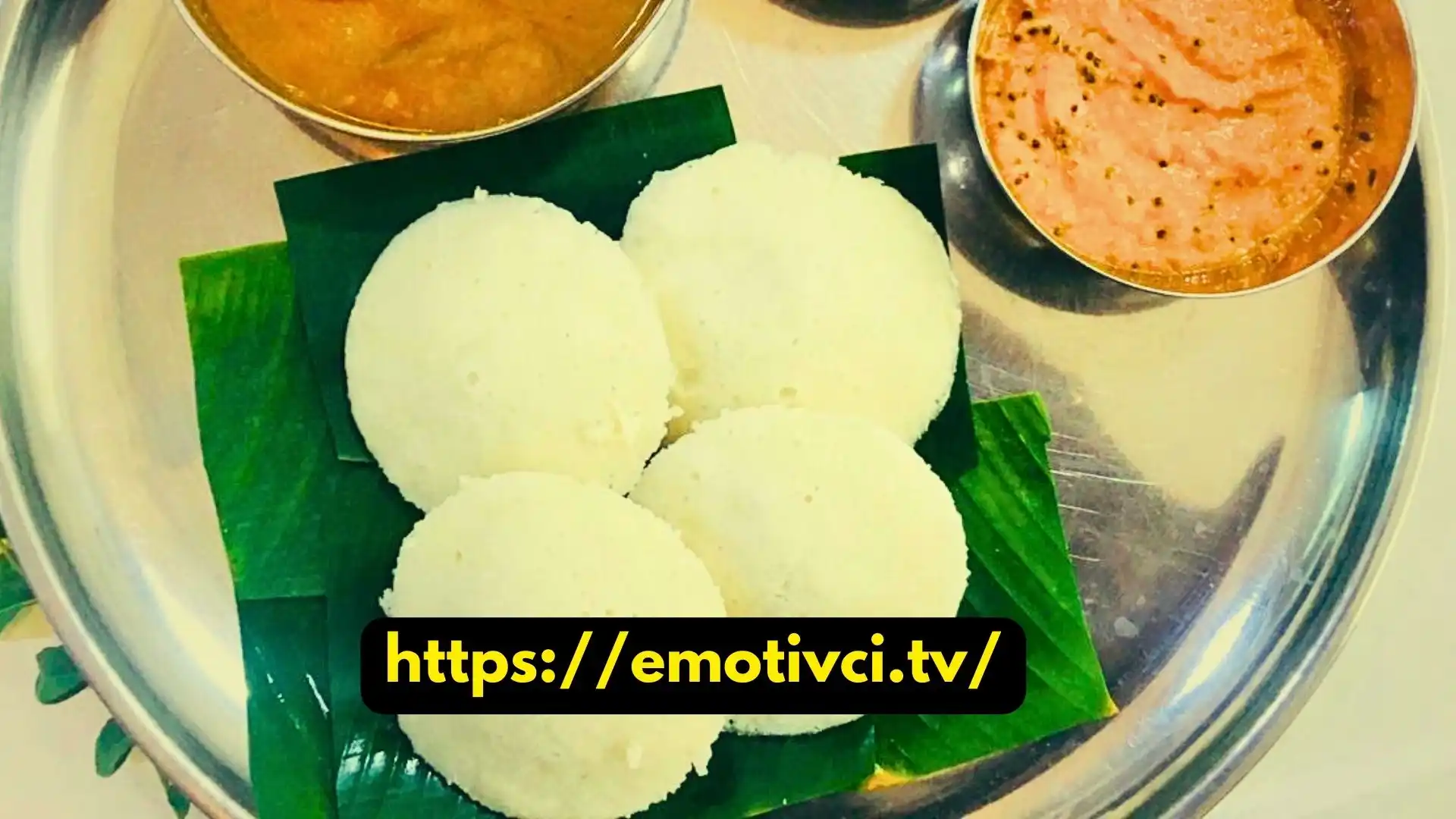
Troubleshooting Idlis
Even with a perfectly fermented batter, occasionally, idlis don’t turn out right. Here are some common problems and fixes:
Problem: Dense or Hard Idlis
Best Solution: The batter needed more fermentation time. Allow to ferment for longer until suitably aerated before steaming.
Problem: Idlis Sink After Removing From Steam
Best Solution: Batter consistency is too watery or thin. Use less water when grinding grains to make a thicker batter.
Problem: Idlis Split While Cooking
Best Solution 1: The battery was too thin. Follow thick enough consistency when grinding grains.
Best Solution 2: Steamer water boiled too vigorously, causing physical impact. Maintain medium-high temp for gentle steaming.
Problem: Idlis Stick to Molds
Fix Grease molds adequately before pouring in the batter. Use oil/ghee and refrigerate plates to solidify grease for easy release.
Master Tips for Idli Perfection
With these expert recommendations, say goodbye to anything less than picture-perfect idli:
- Seek the whitest urad daal for optimal fermentation potential and acuity.
- Soak lentils separately from rice to allow soaking out all bitter flavors.
- Blend urad daal first while adding minimum water for a thick paste-like consistency.
- Stop grinding just before the batter becomes too smooth to keep some grainy texture.
- Check batter every 2 hours until doubled in volume; ambient temperature affects time.
- Gently fold batter after fermentation to retain air pockets for lightness.
- Maintain steaming vessel water at the rolling boil stage for 15 minutes of steam penetration.
- Use Indian mineral salt for better fermentation vs. refined iodized salt.
- Try poha or fenugreek seeds to aid fermentation in cold weather or storage.
Flavor Variations
Plain idli with sambar and chutney makes for a delightful combo. But you can also spice up your idli in fun ways:
Mix spices: Add 1/4 tsp turmeric, chili, cumin, or curry leaves into batter for flavor infusion.
Stuff with veggies: Mix chopped veggies into the batter or place inside an idli mold for vegetable idli.
Combine grains: Substitute up to 1/3rd idli rice with ragi or quinoa for fiber and protein enrichment.
Add cheese: Stuff cubed cheese inside molds or sprinkle shredded cheese atop plain idli.
Prepare sandwich: Cut idlis into halves and prepare chutney or cheese sandwiches like bread.
FAQs on Idli Making
1. What urad daal to rice ratio is ideal in idli batter?
The best fermentation and texture emerge from a 1:4 ratio with 20% daal and 80% rice by volume. Some recipes even use 1:5 ratios with just 15% daal.
2. Is idli rava different than regular rava?
Idli rava denotes parboiled rice rava specifically processed for idli/dosa making. Its starch content helps bind the batter well. Regular rava lacks starch, producing substandard idlis.
3. How long does fresh idli batter last refrigerated?
Properly fermented batter keeps well refrigerated for 2 days. For longer storage, up to 4-5 days, add a pinch of fruit salt or baking soda while fermenting to prevent souring.
4. What consistency should idli batter be before steaming?
The batter should thickly coat a spoon while dripping slowly and steadily. Too thick or thin affects the soft, bouncy texture.
5. Can I use yogurt to ferment batter faster?
Yes, adding 2-3 tbsp yogurt introduces more fermenting cultures to reduce time to 6-8 hours vs. 12+ hours conventionally.
6. What can I do if idli batter shows no fermentation?
Discard batter that shows no bubbles or sourness even after 24 hours. Begin again checking rice and daal quality, soaking time, grinding finesse, etc.
7. How do I grind wet grains without the mixer heating up excessively?
Add a handful of ice along with water during grinding. This provides a cooling effect, preventing friction heating.
8. Can I adjust the recipes’ proportion of urad daal and rice?
Yes, tweak 10-20% daal content based on dietary preferences. Too little daal causes hard idlis, while too much makes them too dense and chewy.
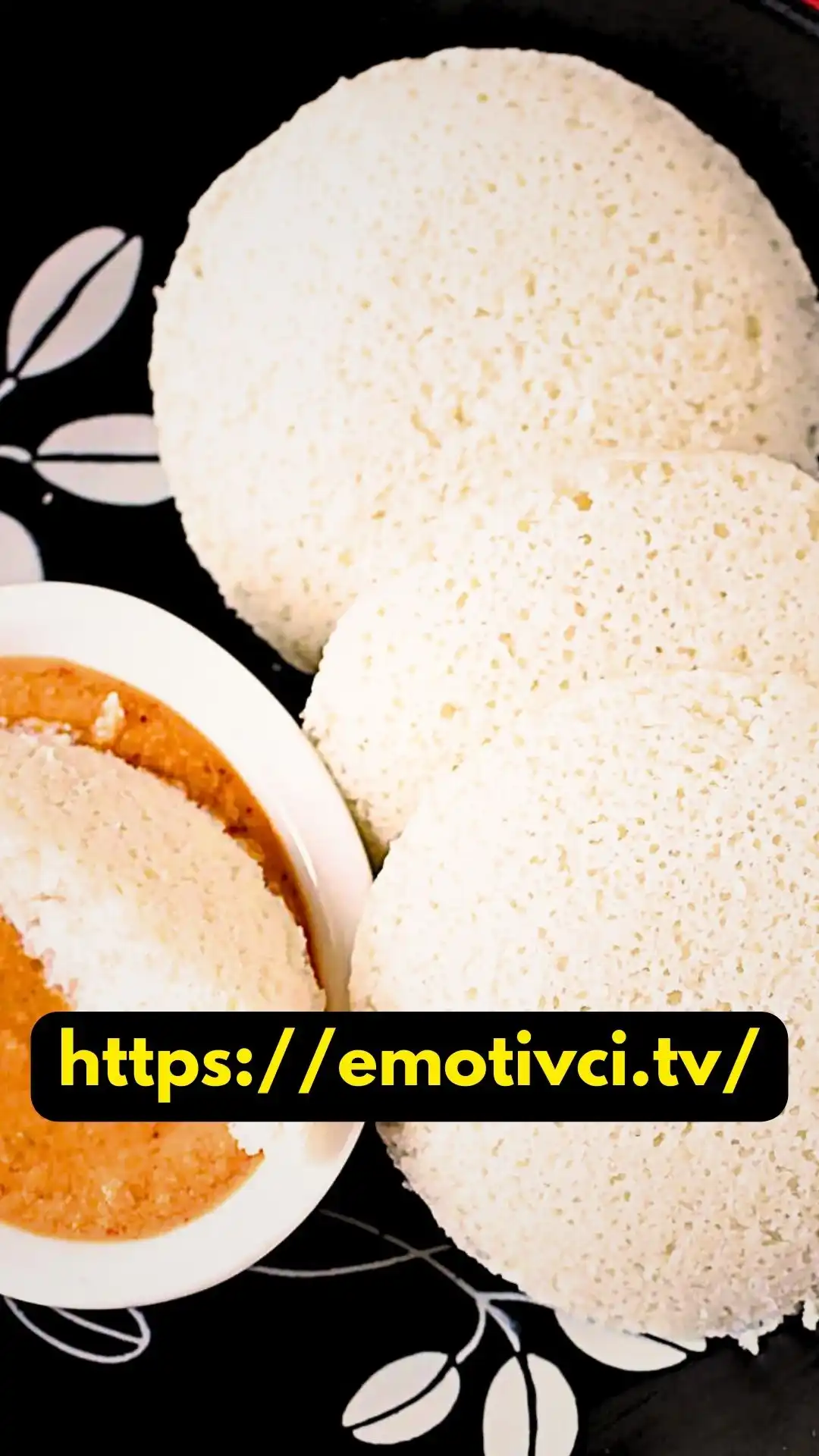
Satisfy your idli craving pronto with these handy tips! Do you have any other idli wisdom to share? Let us know in the comments!
Learn to master the art of crafting iconic South Indian delicacies like Masala Dosa with our recipe guide, and then discover the secrets to making perfectly soft and fluffy Idli in our comprehensive article.

